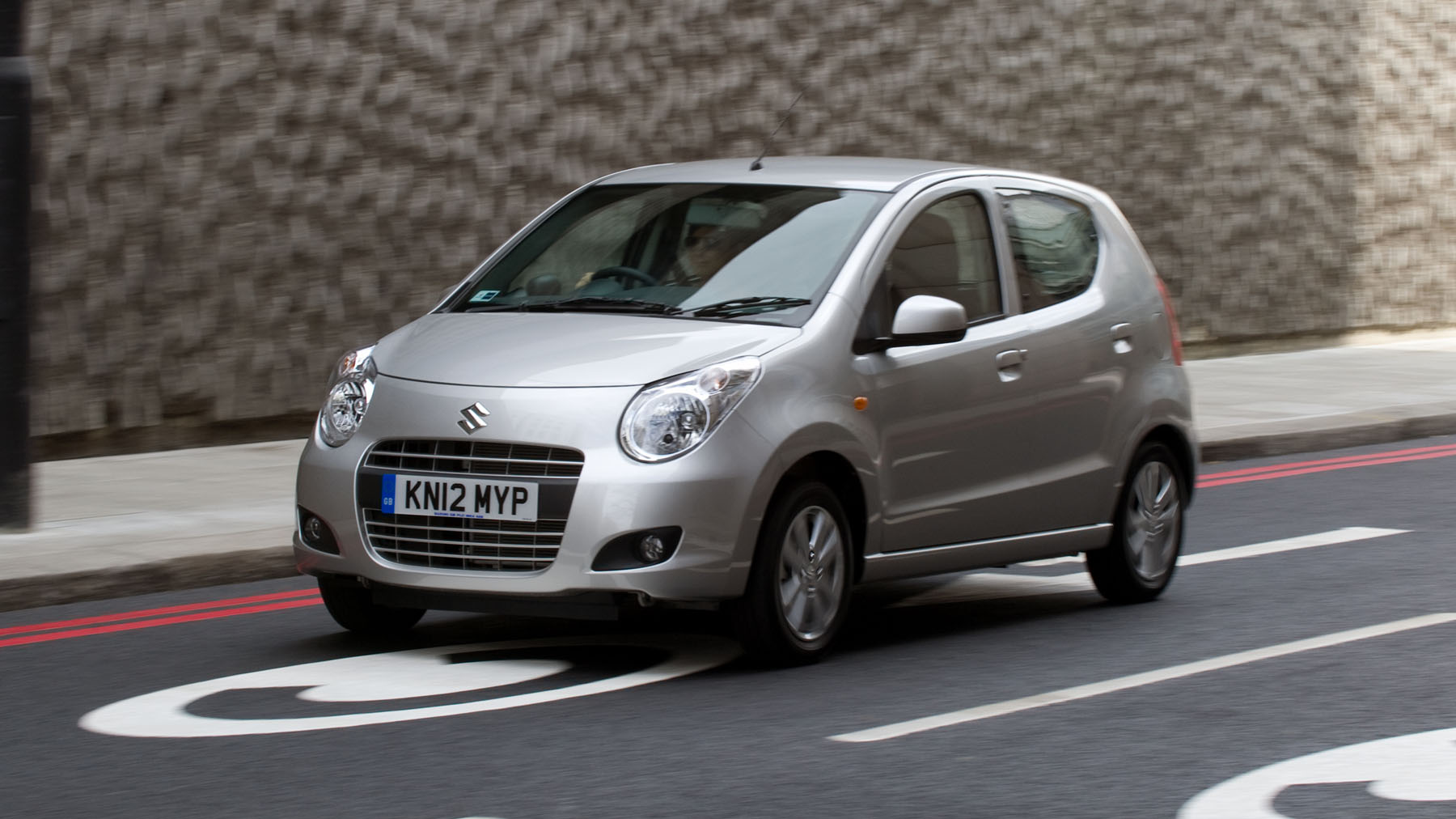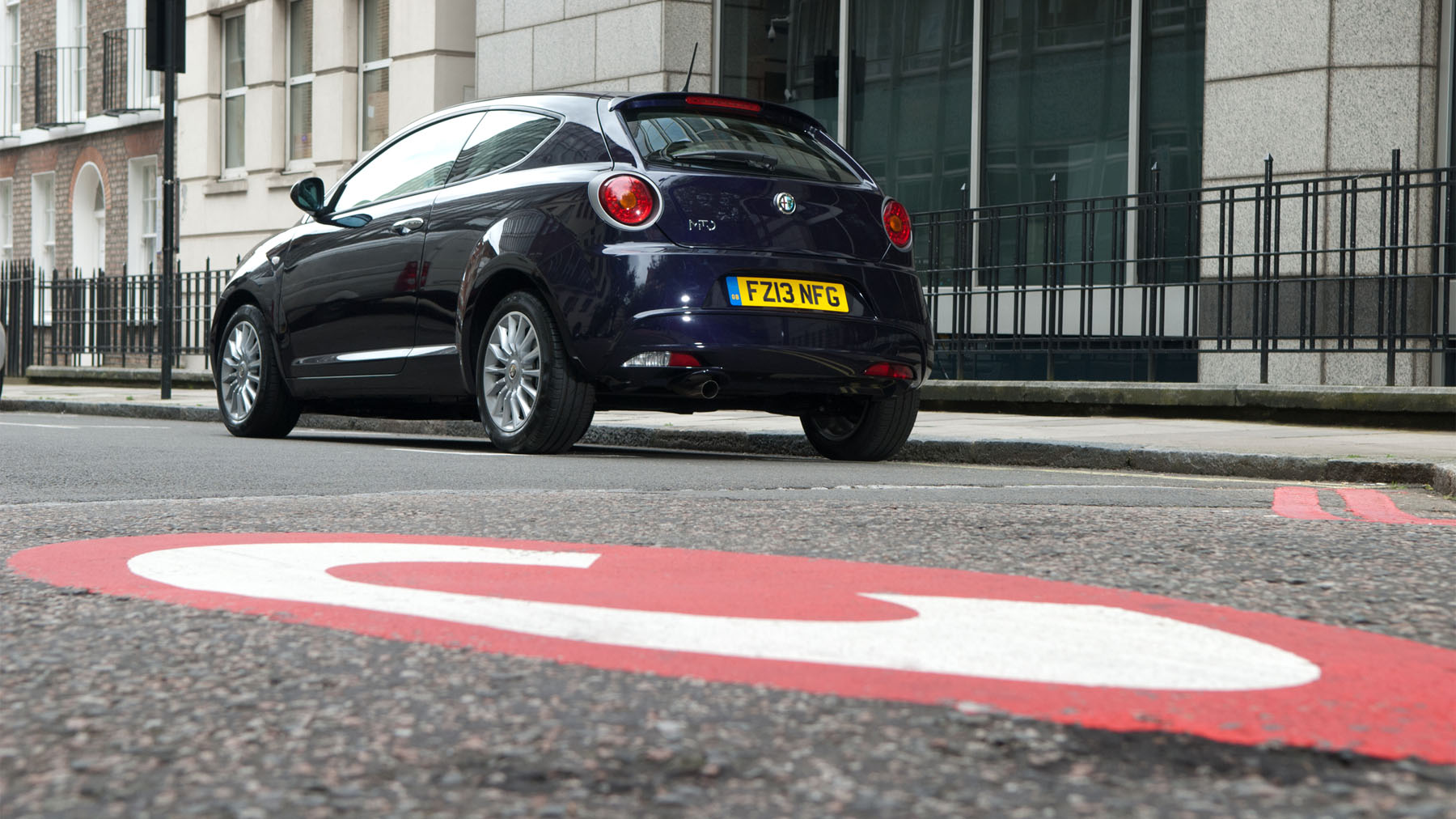
Will pay-as-you-drive replace the London Congestion Charge and ULEZ?
TFL considers ways to hit the capital city’s 2041 traffic targets
Driving through London could start costing you based on how far you’ve travelled. Transport for London (TfL) is contemplating the introduction of smart road user pricing, which would eventually replace the congestion (CCZ) and low-emission zone (ULEZ) charges (yeah, we see how that isn't immediate, too).
At a meeting of the London Assembly transport committee on 28 February 2023 - sounding like the least greatest party on a Tuesday - evidence was put forward to introduce ‘smart road user charging’.
That mouthful is basically a pay-as-you-drive model. Essentially, advanced monitoring technology notes when and where a vehicle enters and exits a predetermined zone, deducts a cost from a pre-registered, pre-paid account based on the distance travelled and possibly, the type of car you have - the more polluting the higher the cost.
Needing more preparation than Frodo during LOTR, the model - in a basic sense - already works for stretches of French toll roads and other parts of Europe. It’s being considered in a battle to meet the London Mayor’s aggressive target of ensuring walking, cycling or public transport account for 80 per cent of journeys made in Greater London by 2041.
Christina Calderato, director of transport strategy and policy for TFL, confirmed - as reported by MyLondon: "What we really need to do is move everybody around in a more sustainable way, and that's a multi-faceted approach, with investment and providing infrastructure for people to make different choices - but road user charging can be part of how you use your limited road space that we have in London most effectively."
London isn’t the only city looking into such an approach. The same committee heard from the director of strategic partnerships for Transport for West Midlands, Sandeep Shingadia, who is considering a ‘time-place-distance’ model implemented in the Birmingham city area.
Authorities may even implement a national road pricing scheme, since it's not just about getting people to make healthy commuter choices. Floated as a way of replacing the losses felt in fuel duty and car tax (VED) as more people switch to electric cars, the concept unsurprisingly centres on revenue generation.
FIVE OF THE INTERNET’S MOST PERTINENT QUESTIONS ABOUT SMART ROAD USER CHARGING
What is a road user charge in the UK?
A road-user charge is basically a tax levied on someone who makes use of the road network, or a specific area of the UK’s road network. It’s the same as the M6 Toll, Dart Charge over the Dartford-Thurrock crossing and Congestion Charge Zone in London.
How does road user charging work?
Road user charging can work in different ways. Currently the UK has specific places drivers are charged an auxiliary fee to use a particular stretch of road. Bridges and crossings, such as the Tyne Tunnel, use the money charged to maintain the facility of getting from one side of the river to the other.
Once upon a time, everyone paid a person at a toll booth. Then came the machines you threw the exact change into. Technology now means most barriers to these crossings are constantly open and use Automatic Number Plate Recognition (ANPR) technology to identify the car and send the charge.
Top Gear
Newsletter
Thank you for subscribing to our newsletter. Look out for your regular round-up of news, reviews and offers in your inbox.
Get all the latest news, reviews and exclusives, direct to your inbox.
Most operators have an ‘auto pay’ system so you can pay-as-you-go and receive discounts if you’re a frequent user.
Pay-per-mile or pay-as-you-go driving moves this concept on to cover a broader area of the road network.
How much is road user pricing in the UK?
It varies. Some tolls are just £1.50 each way. The Congestion Charge is £15 per day in London (climbing to £17.50 if it's not paid immediately). When it was first launched in 2003, it was just a fiver.
How much is pay-per-mile in the UK?
The pay-per-mile model is still under discussion and hasn’t been rolled out anywhere in the UK… yet. While we understand that it aims to only charge those actually using the roads, rather than have infrequent drivers subside the rest of us, it’ll affect businesses considerably and that could lead to retail prices going up.
If there was some guarantee that we’d have fewer potholes, we might even be persuaded to give it a go.
Could road pricing work in the UK?
Much to our chagrin, the reality is the Treasury needs to replace some or all of the £25 billion it gets in fuel duty revenues. If we all switch to electric, we’re still using the roads, but we ain’t using the fuels.
Given the state of some of the roads, it’s clear a bigger pot for better maintenance is crucial. But it’ll all come down to implementation, and that’s another story.
Trending this week
- Long Term Review
Life with a 500bhp BMW 550e: do you really need an M5?









